Tohyang traditional house [Korea Quality] / 토향고택 [한국관광 품질인증]
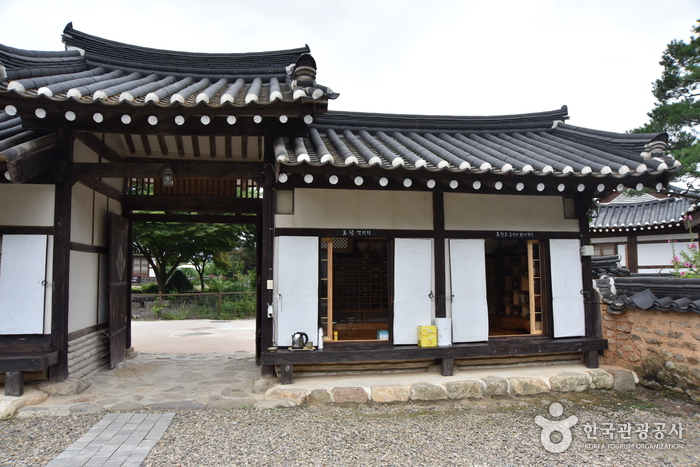
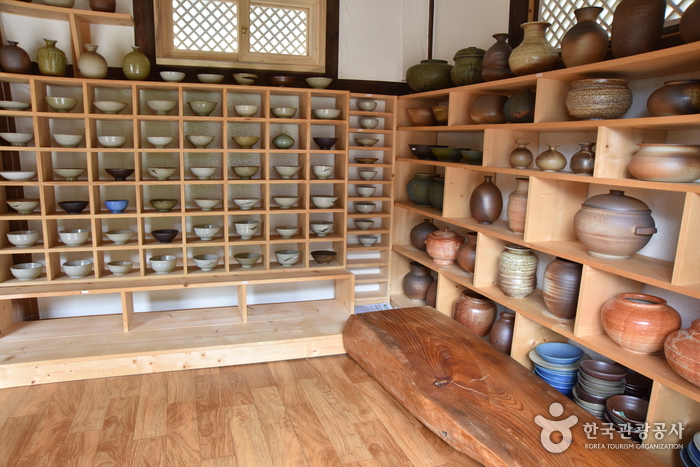
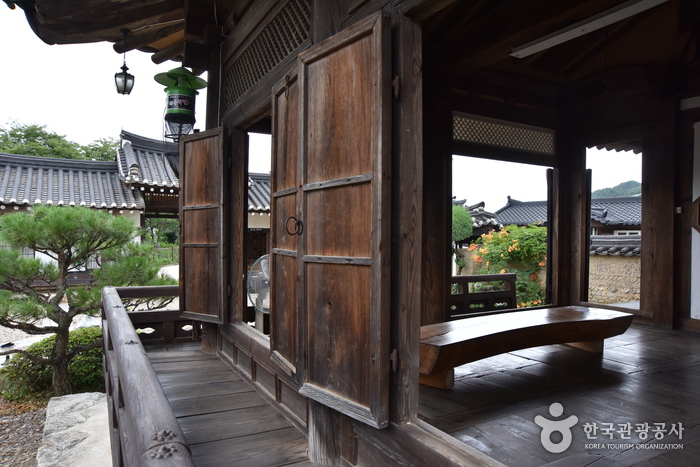
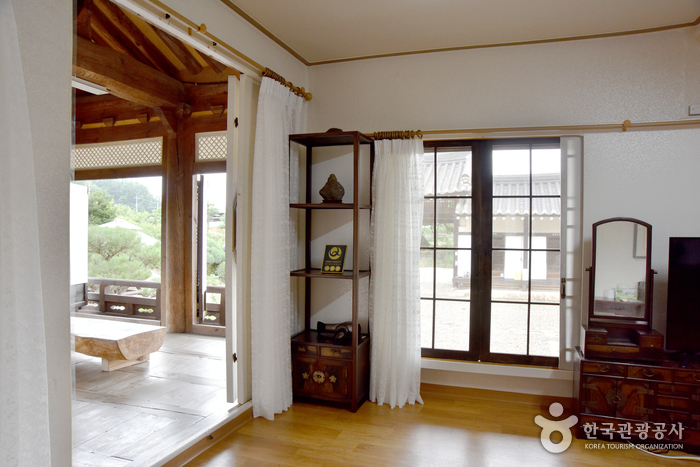
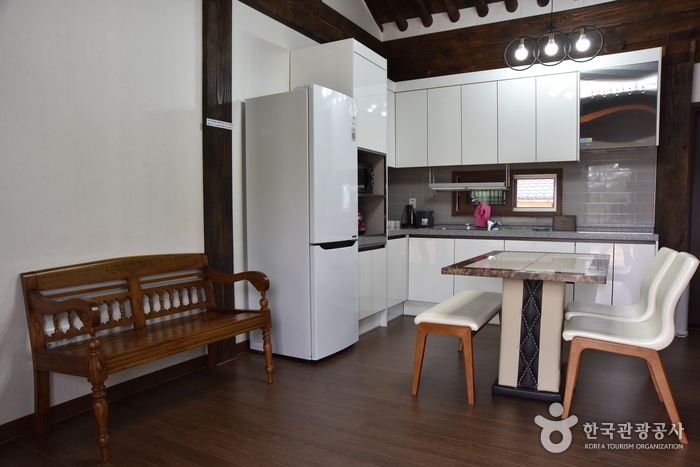
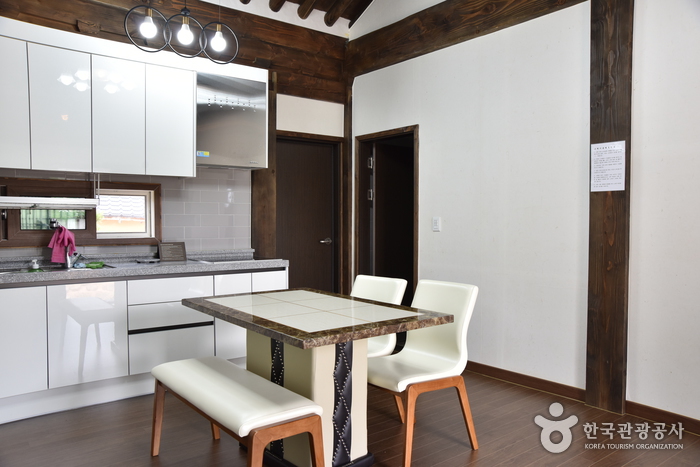
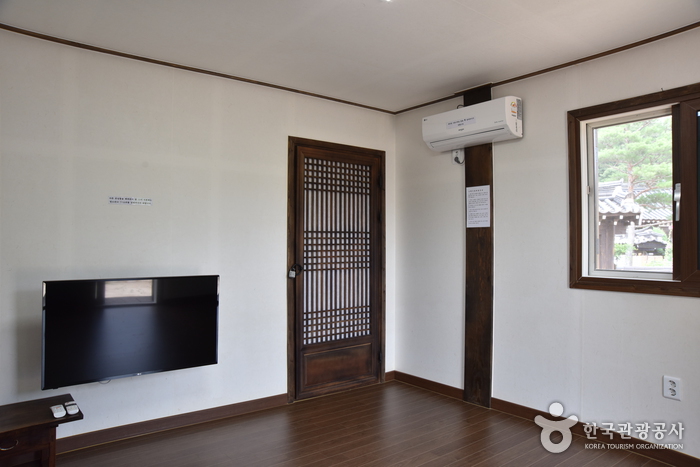
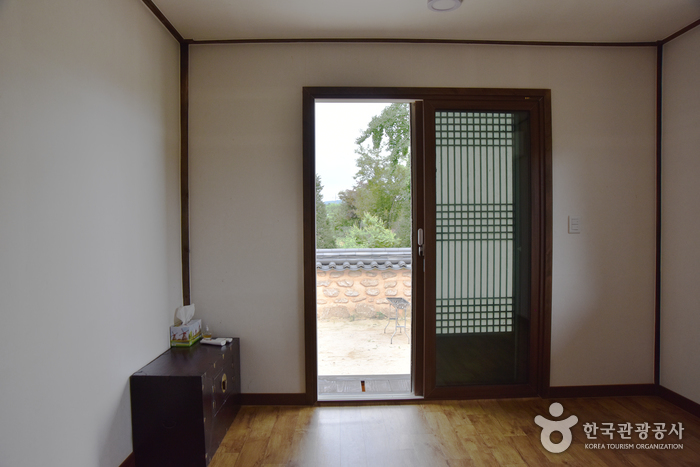
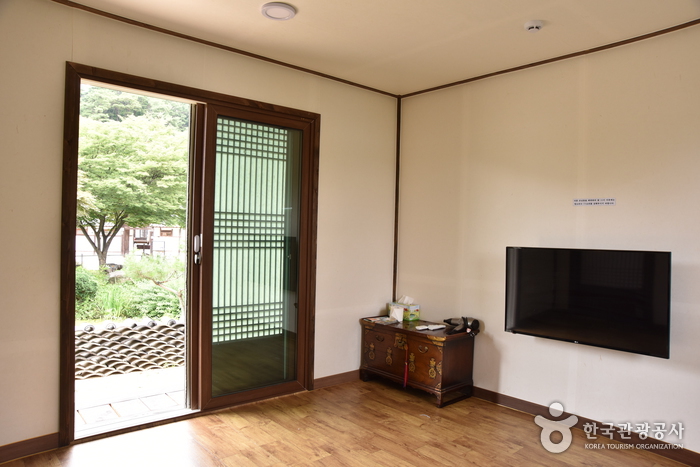
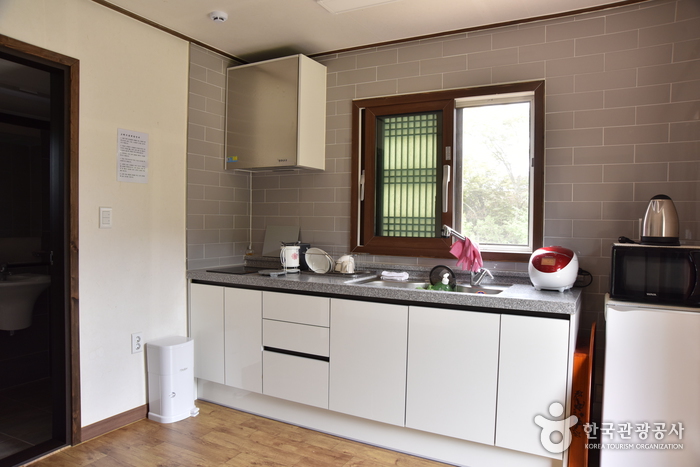
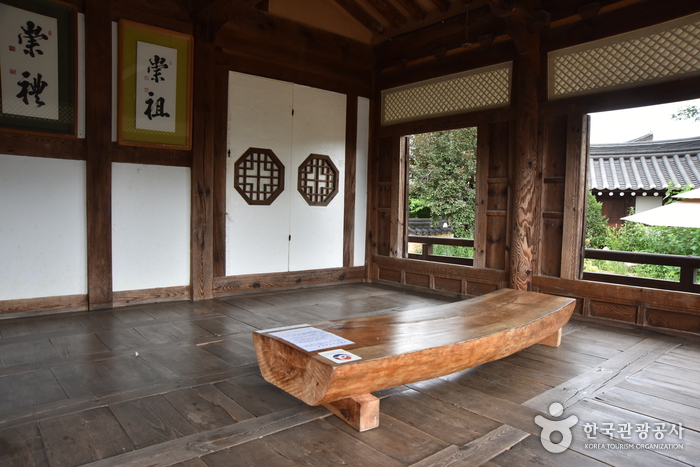
- addr1
43, Baraemi 1-gil Bonghwa-eup, Bonghwa-gun, Gyeongsangbuk-do
- title
Tohyang traditional house [Korea Quality] / 토향고택 [한국관광 품질인증]
- homepage
- overview
This historic house has been the home of the descendants of Kim Yeo-byeong, one of the tenth-generation ancestors of its current occupants. Kim Yeo-byeong was born as the fourth son of Kim Seong-gu (courtesy name: Oheon, 1641-1707), founder of Uiseong Kim's Clan at Baraemi Village in Bonghwa and who was a great-great-great grandson of eminent Neo-Confucian official-scholar Kim U-goeng (courtesy name: Gaeam, 1524-1590). The house is comparatively large, featuring a square layout with a lofty five-bay gate building (soseuldaemun) and the main house of seven bays.
The main building (anchae) of the house, located against the backdrop of a pine hill, is believed to have been built over 400 years ago before the founder of the family arrived at the village. The family guesthouse (sarangchae) was renovated in 1876 by Kim In-sik (courtesy name: Amun, 1855-1910), who served as the caretaker (Chambong) of Sunghyejeon Shrine, and Grand Master Tonghun before founding Joyang School, which would later become the present-day Bonghwa Elementary School.
The name of the house, Tohyang, came from the courtesy name of Kim Jung-uk (1924-1967), a grandson of Kim In-sik. The latter was conscripted by the colonial authority ruling Korea at the time to serve the Japanese puppet state Manchukuo but fled during a military drill to become a freedom activist fighting against Imperial Japan in the Chinese cities of Suzhou and Hangzhou. He returned home after the 1945 Korean Liberation and studied in Jungang High School and Korea University before serving as a budget officer at the Economic Planning Board. The name of the house inscribed on the plaque hung under the roof of the gatehouse was written by his son Kim Jong-gu in honor of his life and achievements.
At the front courtyard of the house is a lotus pond including barbecuing equipment and pottery kiln. In the rear garden is a folk playground with facilities and equipment for swinging, traditional Korean seesaw, shuttlecock-kicking, pitch-pot, and top spinning.
The front courtyard also features rustic ceramic pots and rooftiles bearing poetic passages written by the mistress of the house who is a prize-winning poetess. The house provides visitors with an opportunity to experience traditional Korean cultural heritage such as pottery, calligraphy, poetry, and traditional musical instruments.
Rich with the heritage of traditional Korean culture and lifestyle, the Historic House of Tohyang guides visitors to refreshment and healing obtained from the legacy of the peaceful rural life of days gone by.
- accomcountlodging
32 persons
- checkintime
16:00
- checkouttime
11:00
- chkcooking
Gotak=unable, A separate building=able
- foodplace
None
- infocenterlodging
• 1330 Travel Hotline: +82-2-1330 (Korean, English, Japanese, Chinese)
• For more info: +82-54-673-1112 - parkinglodging
Yes
- pickup
Available
- roomcount
8
- reservationlodging
Available (+82-10-8575-9036, http://tohyang.modoo.at)
- roomtype
Traditional ondol room (Floor-heated) : Keun Sarangbang (suite room), Jungsarangbang, Jageunsarangbang, Sangbang, Munganbang 1, Munganbang 2
- scalelodging
Approx. 330㎡, one floor
- subfacility
Food&Beverage Facility, Barbecue, Shared Shower Room
(
[bo_table] => datagokr_Fre
[wr_id] => 3459
)
- Tohyang traditional house [Korea Quality] / 토향고택 [한국관광 품질인증]
-
![Tohyang traditional house [Korea Quality] / 토향고택 [한국관광 품질인증] Tohyang traditional house [Korea Quality] / 토향고택 [한국관광 품질인증]](https://data.clubrichtour.co.kr/data_multilang/file/datagokr_Fre/3076524006_b0734a37_2627457_image2_1.jpg)








